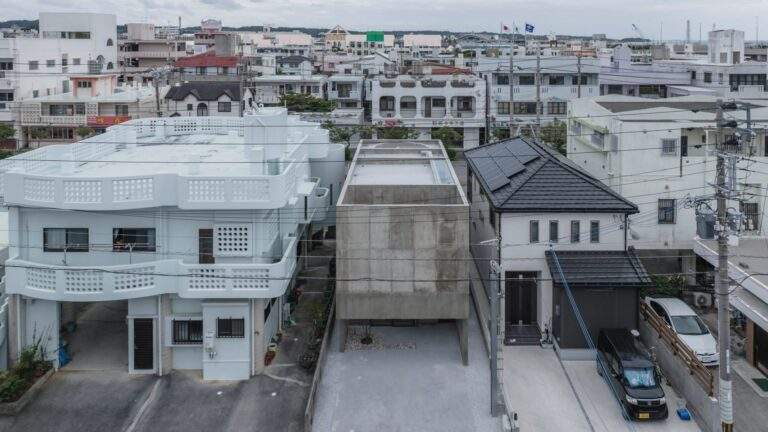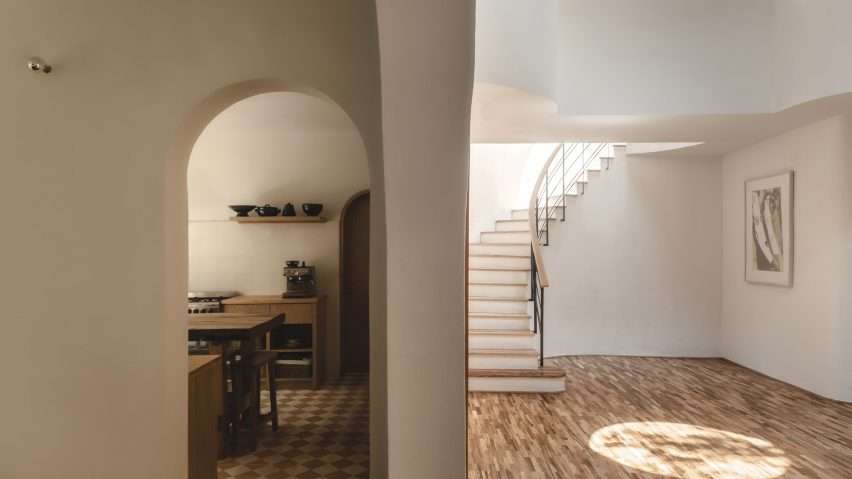In the world of modern architecture, Norman Robert Foster stands as one of the most visionary figures shaping the cities of today and tomorrow. Born in 1935 in the UK, Foster is more than just an architect. Norman Foster is a pioneer who reimagines how buildings can connect people, technology, and the environment. His work is defined by sleek lines, innovative use of steel and glass, and a deep commitment to sustainability. This makes his designs not only striking but also meaningful. His career has left a lasting impact in the realm of Norman Foster Architecture.
What sets Norman Foster apart is his ability to blend cutting-edge technology with human-centred values. He doesn’t just build structures; he creates spaces that evolve, breathe, and respond to the needs of both people and the planet. From his earliest projects, Norman Foster has embraced innovation. However, what has remained constant throughout his career is his focus on environmental responsibility, adaptability, and social impact. Norman Foster Architecture continues to evolve with these principles.

Iconic Creations That Define Cities
Among his most famous works is the Millennium Bridge in London, stretching gracefully across the River Thames. This pedestrian bridge isn’t just a means to cross from one side to the other . it’s a living experience. Foster has made an impact with such creations in Norman Foster Architecture.
Another standout is the Gherkin , officially known as 30 St Mary Axe. Rising above London’s skyline, this unique tower combines futuristic aesthetics with smart energy use. Its curved glass facade allows for natural ventilation, significantly reducing energy consumption. It’s more than a landmark; it’s proof that high-rise buildings can be both beautiful and environmentally responsible. Norman Foster’s designs continue to inspire.

But Foster’s influence stretches far beyond London. In Berlin , his redesign of the Reichstag Building transformed Germany’s historic parliament into a powerful symbol of openness and democracy. The addition of a stunning glass dome lets natural light flood the building. It also invites visitors to look down into the heart of the parliamentary chamber . a literal and symbolic gesture of transparency.
In New York , the Hearst Tower shows how old and new can coexist beautifully. Instead of tearing down the original six-story base built in the 1920s, Norman Foster designed a sleek skyscraper on top of it. This move saved materials and embodied his belief in reuse and renewal. This design illustrates the innovative spirit of Norman Foster Architecture.
His work continues to shape skylines around the globe. From the International Commerce Centre in Hong Kong , which blends office space with retail and cultural areas, to the Shanghai Tower , China’s tallest building. With its twisting form and wind-resistant design, the Shanghai Tower is not only a marvel of engineering but also a model of energy efficiency. Norman Foster’s innovative touch is evident.

Designing with Purpose
Foster’s approach to architecture is guided by a set of core principles that go beyond aesthetics. His designs focus on adaptability, creating buildings that can change and grow with the times. Sustainability is another key principle, prioritising green materials, renewable energy, and minimising environmental impact. Flexibility is also central to his philosophy, as he designs spaces that can be easily repurposed as needs shift. Integration plays a crucial role, ensuring that new structures complement their surroundings rather than clash with them. Regeneration is another cornerstone of his work, where he gives new life to aging buildings instead of demolishing them. Social responsibility is at the heart of his designs, focusing on how people live, move, and interact within spaces. Finally, technology is a driving force, as he uses innovation to push boundaries and solve complex challenges. Norman Foster Architecture embodies these principles.

A Legacy Beyond Buildings
Foster’s influence extends well beyond individual structures. He has inspired a generation of architects, including Norman Foster, to think differently about the role of design in shaping our world. As cities grow and climate concerns intensify, his vision of sustainable, intelligent architecture has become more relevant than ever.
He has received many prestigious awards, including the Pritzker Prize in 1999 . often called architecture’s equivalent of the Nobel Prize. But his greatest recognition may be how millions experience Norman Foster’s buildings every day. They bring together beauty, function, and purpose in a way that feels effortless.

In Conclusion
Norman Foster is not just an architect; he’s a thinker, a visionary, and a leader in reshaping the way we see and live in our cities. His work proves that architecture can be more than impressive structures. It can tell stories, solve problems, and inspire hope for a better future. With every building he designs, every bridge he constructs, Foster leaves behind a legacy that speaks clearly. The future of Norman Foster Architecture is smart, sustainable, and deeply human.







